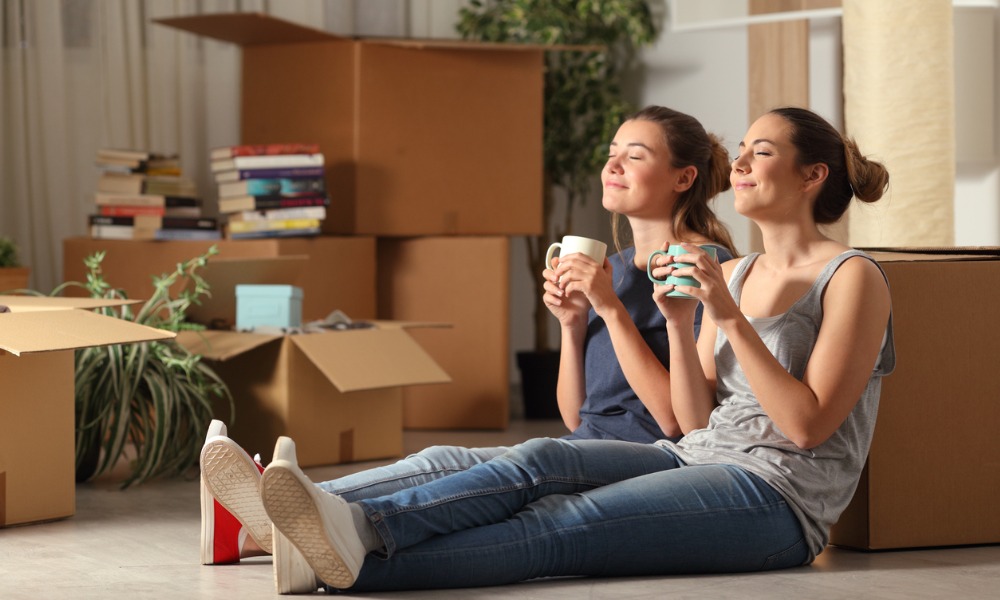The rising cost of living is pushing more and more people to share homes as a means of coping with financial pressures

The rising cost of living in Australia has prompted an increasing number of people across all age groups to turn to home sharing as a means to cope with financial pressures.
In May, popular share house website Flatmates.com.au experienced its busiest month to date, with a staggering 70,000 new sign-ups, according to a report by The Australian.
This surge coincided with the Reserve Bank's ongoing efforts to combat runaway inflation by raising interest rates, with further increases anticipated in the coming months.
According to Claudia Conley, the community manager at Flatmates.com.au, many people are seeking shared accommodation as a way to navigate their financial challenges.
“For many people who would have previously lived in solo rentals, their rent has increased to a point where they can no longer afford it,” Conley told The Australian. “Living in a share house with multiple people can significantly reduce costs by splitting rent and bills three or four ways.”
RBA governor Philip Lowe has also encouraged the shift towards home sharing as a means to alleviate pressure on the housing market, especially as migration resumes and residential building levels decline. However, those searching for shared accommodations are encountering difficulties in finding available rooms.
East Perth and the neighboring suburb of Northbridge in Western Australia emerged as the most sought-after areas, with 255 and 164 property seekers, respectively, but only one room available in each location. In the heart of Sydney, 133 potential flatmates have no options to choose from.
Read next: Research addresses how to end Australia’s housing crisis
While young people are particularly affected by the current economic conditions, there has been a notable increase in individuals aged 45 to 60 signing up on Flatmates.com.au to offer rooms in their homes.
“We are actually witnessing more homeowners and empty nesters, due to the rate rises, renting out their spare rooms,” Conley said. “They’re looking at that spare room and, you know, that’s gathering dust, and they’re thinking, ‘Actually, I could be renting this out and earning a bit of extra revenue to help pay off my mortgage.’”
During the pandemic, there was a shift towards individuals seeking their own living spaces, resulting in a decrease in the average number of people per household, The Australian reported. This change in behavior has driven up the demand for homes, leading to a 39% increase in rental costs nationwide over the past three years, according to a report by SQM Research.
Have something to say about this story? Let us know in the comments below.



